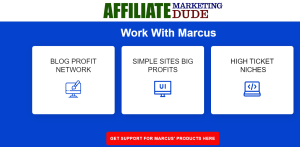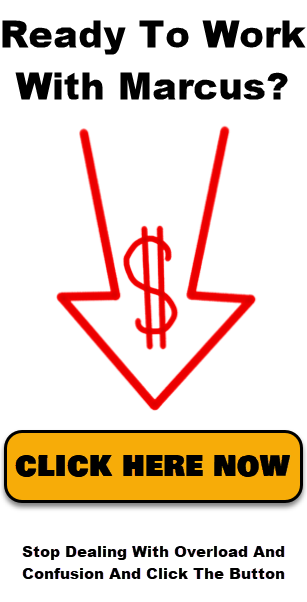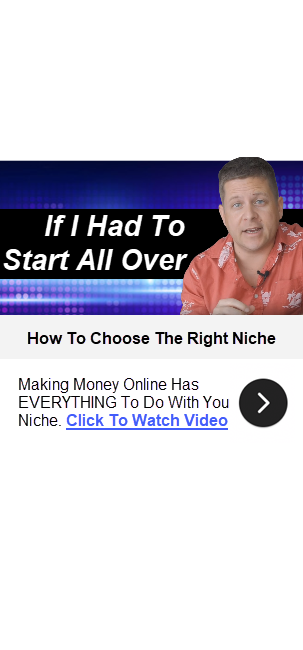How to promote Jvzoo products Step by step
How To Promote A JVZOO / Clickbank / Digistore 24 Product
Hey guys, welcome back to the blog! Today, I will show you exactly how I promote affiliate products from start to finish. I’ve used this process for over 22 years to make a really good living online, and I’m here to break it down for you.
You can use this method with networks like JVZoo, ClickBank, DigiStore24, or just about any other affiliate product out there. I’ve been using these steps to generate consistent commissions and build my online business, and now I will show you how to do it, too!
But first, let me give you a little taste of what’s possible:
- One of my JVZoo accounts pulled in thousands of dollars in commission with just two or three different products.
- A single product promotion generated over $20,000 in commissions in just 19 days.
- And one of my bigger campaigns has made over $273,000 in affiliate commissions.
In this post, I’ll walk you through my exact 10-step process so you can start seeing results for yourself. So, let’s dive in!

Step 1: Choose a Profitable Affiliate Product
The very first step is choosing the right product. This is key because your entire strategy could flop if you get this wrong. Here’s what I look for:
- Good Payouts: You want a product that pays at least $30, $50, or even $100 per sale. Think about it – promoting a product that pays $5 per sale will require way more work to make it worthwhile.
- Broad Market Appeal: You need a product with a wide reach. If it’s too niche (think “underwater basket weaving”), you’ll quickly run out of customers.
- Low Competition Angle: The trick here is finding an angle your competitors aren’t using. For example, if everyone’s targeting “text-to-speech software,” look for a different angle or benefit that stands out.
- Lots of Related Keywords: Make sure there’s enough search traffic around your chosen product. Use tools like Ahrefs or SEMrush to find keywords with low competition and high intent.
Pro Tip: If you find software that fits these criteria, like a design tool, try to think outside the box. Maybe it’s not just for designers – it could be perfect for authors, business owners, YouTube creators, etc. The broader your market, the more potential sales!
Step 2: Break Down the Product’s Benefits
Okay, you’ve got your product. Now, let’s dig deeper and really understand its benefits. This is super important because it will shape your entire marketing approach.
For example, let’s say you’re promoting a graphic design software like ClickDesigns. Take a look at what it offers:
- Ebook templates
- Box covers
- Software boxes
- Logos
- Web banners
- Digital devices templates
- Facebook covers, and more…
Each of these benefits can be turned into a separate angle. List them all out and start researching keywords for each benefit. This will help you build specific landing pages for each feature, making your content more targeted and easier to rank.
Step 3: Do Some Competitive Research

Now it’s time to see what the competition is doing. Head over to Ahrefs or SEMrush and type in your biggest competitor’s domain. If I’m promoting ClickDesigns, I’d look at Canva.
Analyze their organic keywords and filter out the high-competition terms. Find the hidden gems with low competition but decent search volume. This is where you can slip in and grab traffic that others are missing.
For example, If you find keywords like “concert ticket template” or “YouTube banner creator” with low difficulty, go for it. This is how you get traffic without fighting with the big players.
Step 4: Set Up Specific Landing Pages

Now, it’s time to set up your landing pages. I don’t just create one landing page for the product. I set up multiple landing pages, each targeting a different keyword and benefit.
For example, if I’m promoting a graphic design software, I’d have separate pages for:
- Ebook templates
- CD covers
- YouTube banner creators
- KDP (Kindle Direct Publishing) templates
Each page is optimized for a specific keyword and provides value around that topic. This is what I call solution-based marketing. Instead of competing on general terms, I focus on solving specific problems.
Step 5: Get the Right Domain and Hosting
To make this whole process work, you need a good domain. I usually check SpamZilla for expired domains with existing backlinks. These domains already have some authority, which gives you a head start in ranking.
I recommend using GoHubSite.com, where you can host multiple sites on one account. It’s cheap, reliable, and perfect if you want to run several small niche sites.
Step 6: Build Out Your Landing Page
Once you have your domain and hosting, it’s time to build your site. I use a simple theme like the one at SimpleBlogTheme.com because it’s clean and optimized for conversions.

Here’s what you need on your landing page:
- Clear Headline: Include your primary keyword.
- Benefits and Features: List out what the product does, and include visuals if possible.
- Strong Call to Action: Use a standout button or link to direct them to your affiliate product.
Example: “Download the Best KDP Cover Creator Today! Simple and easy to use.”
Step 7: Drive Traffic to Your Landing Pages
Now comes the fun part – getting traffic!
There are a few strategies I use:
- Keyword Marketing: Rank for low-competition keywords on Google.
- Social Media Marketing: Create YouTube videos, Pinterest posts, or Instagram reels around the product’s benefits.
- Paid Ads: For faster results, consider running Google Ads for terms like “ebook templates” or “KDP cover creator.”
Step 8: Build a Mailing List
Don’t just let your visitors bounce – capture their emails! Use a tool like AWeber to create opt-in forms on your landing pages. Offer a free template or guide in exchange for their email address, and start building your list.
Step 9: Add Bonuses and Incentives

Want to boost your conversions even more? Create exclusive bonuses. Offer a mini-course, a set of templates, or a guide that adds value to the product.
Step 10: Scale Up and Repeat
Once you have a working system, it’s time to scale up. Create more landing pages and more content, and promote the product across different channels. Each new piece of content is another opportunity to attract traffic and make sales.
And that’s it! Follow these ten steps, and you’ll be well on your way to building a profitable affiliate marketing business. If you have questions, drop them in the comments. And don’t forget to check out my SimpleSitesBonus.com course for more training, tools, and personal support!
Happy marketing! 🔥.




